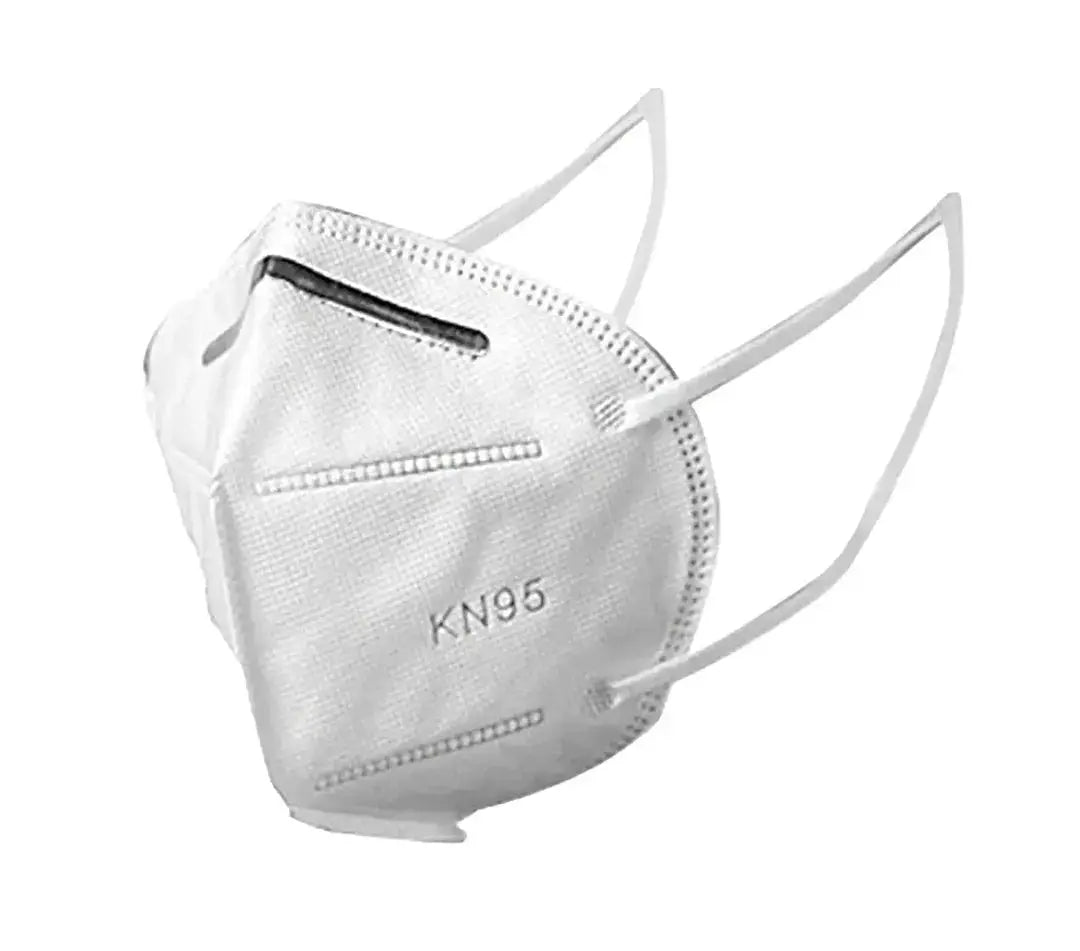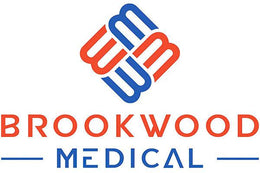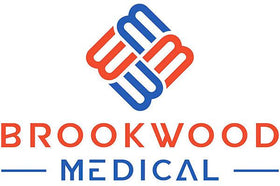The Role of Masks in Controlling COVID Spread

Overview
Masks are crucial in controlling the spread of COVID-19, with KN95 masks offering high filtration and a snug fit. Wearing masks helps protect both individuals and communities, especially in crowded or high-risk areas. Education and awareness can overcome misconceptions about masks, promoting better public health practices. The future may see continued mask usage beyond the pandemic for respiratory health.
Frequently Asked Questions
1. What is the main purpose of wearing masks during the COVID-19 pandemic?
2. What are KN95 face masks and why are they recommended?
3. When should people wear masks according to CDC guidelines?
4. What challenges and misconceptions exist regarding mask usage?
5. How can communities promote better mask-wearing practices?
The COVID-19 pandemic has reshaped our society in countless ways, forcing us to adapt to new norms for the greater good. One of the simplest yet most effective measures in controlling virus transmission has been the widespread use of masks. Among these protective devices, KN95 face masks have gained significant attention and prominence. In this article, we’ll delve into the importance of masks, specifically focusing on KN95 face masks, and how they aid in controlling the spread of COVID-19.
Understanding the COVID-19 Virus
COVID-19 is caused by the SARS-CoV-2 virus, predominantly transmitted through respiratory droplets. When an infected person coughs, sneezes, talks, or breathes, tiny airborne particles can linger in the environment, increasing the risk of transmission. This underscores the importance of wearing protective masks to minimize exposure and transmission rates.
The Importance of Masks in Pandemic Response
From the initial stages of the COVID-19 outbreak, health organizations around the world emphasized the necessity of wearing masks in public spaces. Masks serve as a barrier, reducing the likelihood of droplets reaching others. Key benefits of wearing masks include:
- Source Control: Masks help prevent respiratory droplets from infected individuals from reaching others, effectively minimizing community spread.
- Personal Protection: Masks can reduce the wearer's exposure to respiratory viruses, especially in crowded settings.
- Public Health Compliance: Wearing masks contributes to a collective effort in protecting community health, fostering compliance with health guidelines.
Types of Masks: A Closer Look
While various types of masks are available, each functions differently based on its design and materials. Let’s explore some common types:
Cloth Masks
Cloth masks, which gained popularity during the onset of the pandemic, are made of breathable fabric and are often reusable. They provide a basic level of protection; however, their effectiveness can vary based on material and fit.
Surgical Masks
Surgical masks are designed for healthcare settings and are made from multiple layers of non-woven fabric. They provide better filtration than cloth masks and are intended primarily for single-use. They can block larger respiratory droplets effectively but may not fit tightly against the face.
KN95 Face Masks
Among the most significant advancements in mask technology are KN95 face masks. These masks are designed to achieve a close facial fit and have a high filtration efficiency, filtering out at least 95% of airborne particles. The KN95 face masks have become particularly popular due to their effectiveness and availability during the pandemic.
Why Choose KN95 Face Masks?
When it comes to safeguarding against COVID-19, the use of KN95 face masks provides several advantages:
- Efficient Filtration: KN95 face masks filter a high percentage of airborne particles, reducing exposure to harmful pathogens, including viruses.
- Comfortable Fit: These masks often include adjustable ear loops and a nose bridge, ensuring that they fit snugly to the face, enhancing protection.
- Respiratory Protection: They are designed to protect the wearer from inhaling hazardous airborne particles, making them ideal in crowded environments or areas with a high transmission risk.
Where and When to Wear Masks
The Centers for Disease Control and Prevention (CDC) recommends wearing masks in the following scenarios:
- In crowded indoor settings, like public transport or shopping centers
- During gatherings with individuals outside of your household
- In areas with high infection rates, regardless of vaccination status
Certain regions may have specific mandates for mask use, so it's crucial to stay informed about local guidelines and adhere to them diligently.
Mask Effectiveness: The Research Behind It
Numerous studies have reinforced the significance of mask-wearing in mitigating the spread of COVID-19. A report by the CDC detailed how universal masking policies resulted in lower transmission rates in both community and healthcare settings. Masks, especially those with higher filtration, such as KN95 face masks, significantly contribute to reducing viral loads in the air. The data consistently supports the efficacy of masks as a critical life-saving measure.
Overcoming Challenges and Misconceptions
Despite the proven benefits of masks, misinformation and skepticism remain prevalent. Some common misconceptions include:
- “Masks are ineffective.” In reality, multiple studies demonstrate their effectiveness in lowering transmission rates.
- “Wearing a mask is uncomfortable.” While initial discomfort may be noted, many individuals adapt to wearing masks, recognizing the greater good they serve.
- “Masks are only necessary for the sick.” Undeniably, asymptomatic carriers can spread the virus; therefore, it's essential for everyone to wear masks to protect others.
By addressing these misconceptions through education and communication, we can promote better mask-wearing practices in our communities.
The Future of Masks Beyond the Pandemic
As the COVID-19 pandemic evolves, the role of masks may transform. Public health officials suggest that mask-wearing could become routine during flu seasons or in areas with high pollution. The adaptability of masks like KN95 face masks may usher in new avenues for usage. Increased awareness of respiratory health can reshape perceptions toward masks, finely integrating them into our daily lives.
Empowering Our Communities Through Knowledge
Understanding the necessity and benefits of masks plays an essential role in community health initiatives. Whether through educational workshops, social media, or local outreach programs, sharing factual information and resources can uplift public awareness. Community engagement fosters a cooperative spirit, encouraging individuals to protect themselves and others by wearing masks.
Key Takeaways for Effective Mask Use
- Choose masks, like KN95 face masks, designed for high filtration.
- Ensure a proper fit to maximize protection.
- Stay informed about local masking mandates and guidelines.
- Engage and educate those around you regarding the importance of masks.
Remember, every small action contributes to a larger movement towards public health and safety. In the fight against COVID-19, using masks like KN95 face masks could very well be a game-changer.
Let’s Keep the Momentum Going
As we navigate the ongoing challenges posed by COVID-19, embracing mask usage remains vital. By choosing to wear masks, especially high-protection ones like KN95 face masks, we actively participate in safeguarding our communities. Let’s harness the power of knowledge, spread awareness, and unite in this collective effort to emerge stronger and healthier on the other side of this pandemic.
Linked Product

KN95 Face Masks, CE Certified, 5PLY, Protective Mask, K95
The KN95 Face Masks feature a 5PLY construction that effectively filters out at least 95% of airborne particles, making them suitable for various settings, including healthcare and everyday use. CE certified for quality assurance, these masks provide a secure fit and enhanced protection, helping to reduce the spread of viruses and bacteria. Their multi-layer design balances comfort and safety, making them a practical choice for those seeking reliable respiratory protection.
View Product





